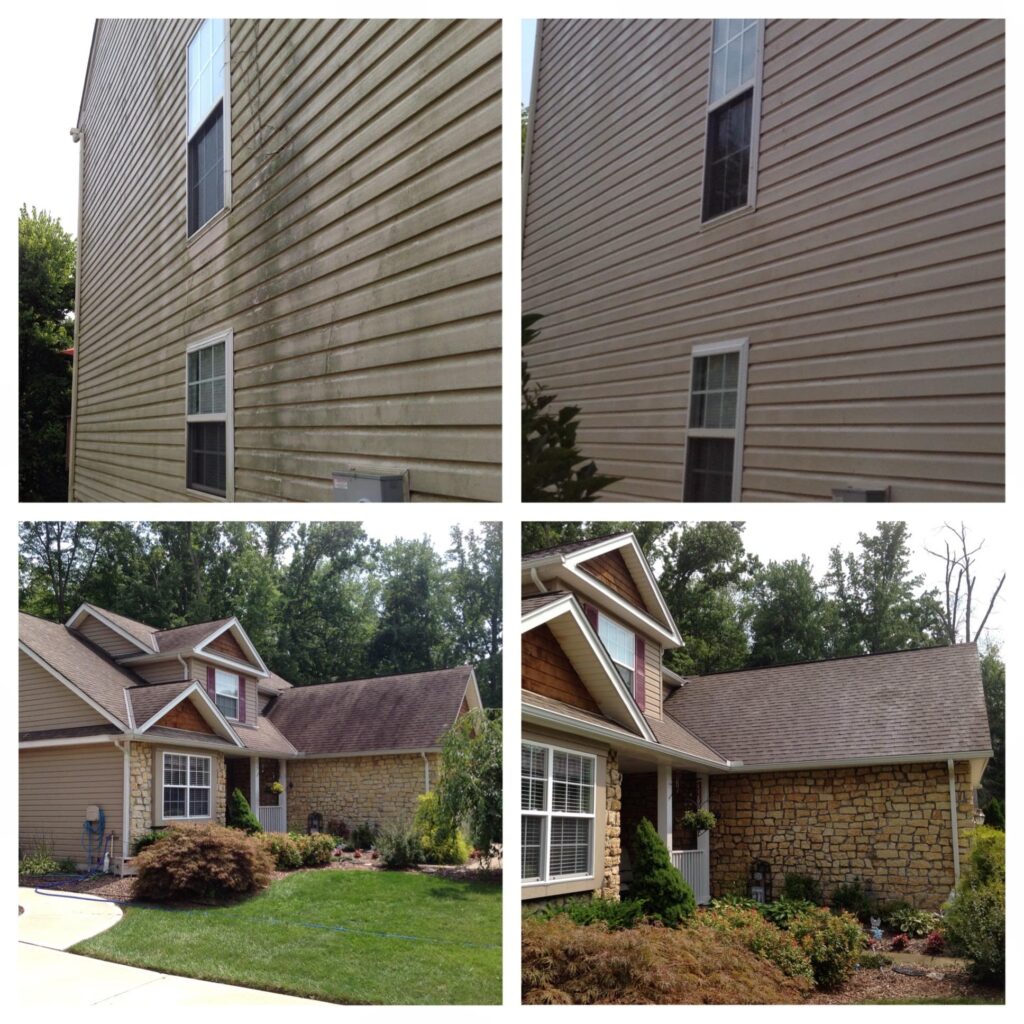Gloeocapsa Magma: The Hidden Threat to Your Roof’s Health

Your roof is constantly exposed to the elements, including harsh weather conditions and environmental factors that can compromise its durability. One of the lesser-known threats to your roof’s health is a microscopic organism called Gloeocapsa magma. This airborne cyanobacterium, commonly known as roof algae or blue-green algae, can silently colonize your roof and cause significant damage over time. In this article, we will delve into the world of Gloeocapsa magma and shed light on why it poses a harmful risk to your roof.
Understanding Gloeocapsa Magma:
Gloeocapsa magma is a type of algae that thrives in warm and humid environments. It typically appears as dark streaks or black stains on your roof’s surface, resembling mold or mildew. These streaks are not merely a cosmetic issue; they indicate the presence of an organism that can compromise the structural integrity of your roof if left untreated. Find out about Professional Roof Washing in Cartersville GA.
Harmful Effects on Your Roof:
Algae Growth and Retention of Moisture: Gloeocapsa magma colonies retain moisture, creating a damp environment that facilitates the growth of other damaging organisms, such as lichen and moss. The retained moisture can penetrate beneath shingles or tiles, leading to rotting, warping, and even leaks. Over time, this can compromise the entire roofing system.
Reduced Reflectivity and Increased Energy Costs: As Gloeocapsa magma spreads across your roof, it forms a dark layer that reduces the roof’s reflectivity. This layer absorbs more heat from the sun, causing your home to heat up significantly. Consequently, your air conditioning system will have to work harder to maintain a comfortable temperature indoors, leading to increased energy consumption and higher utility bills.
Accelerated Shingle Deterioration: The cyanobacteria produce a sticky substance as they thrive, which acts as a binder, holding moisture, dirt, and other debris against the surface of the shingles. This constant exposure to moisture weakens the shingles, causing them to deteriorate faster. Eventually, this deterioration can result in the loss of protective granules, cracking, and curling, leaving your roof vulnerable to leaks and further damage.
Aesthetic Impact: The presence of Gloeocapsa magma creates unsightly black streaks and stains on your roof, detracting from its visual appeal and overall curb appeal. This can significantly diminish the value and aesthetic charm of your property.
Preventing and Treating Gloeocapsa Magma:
Fortunately, there are preventive measures and effective treatments available to combat Gloeocapsa magma:
Regular Roof Inspections: Schedule routine inspections by roofing professionals who can identify early signs of algae growth. Early detection allows for prompt treatment and helps prevent extensive damage.
Professional Roof Cleaning: Hiring professional roof cleaners experienced in dealing with algae is crucial. They have access to the proper tools, techniques, and biodegradable cleaning solutions that effectively remove Gloeocapsa magma without causing harm to your roof’s surface.
Zinc or Copper Strips: Installing zinc or copper strips near the ridge of your roof can help prevent the growth of algae. When it rains, water flows over these strips, which releases ions that inhibit the growth of Gloeocapsa magma and other organisms.
Conclusion:
Gloeocapsa magma may be a hidden threat to the health and integrity of your roof, but it is not an unbeatable adversary. By understanding the harmful effects it can have and taking proactive steps such as regular inspections, professional roof cleaning, and preventive measures, you can protect your roof from damage caused by this persistent cyanobacterium. Safeguarding your roof from
Pressure washing is a highly effective method to remove built-up dirt, grime, mold, and stains from various surfaces, including siding, decks, driveways, and fences. It instantly restores the beauty of your property, making it look fresh, clean, and inviting.
Regular pressure washing helps protect your home's exterior surfaces from damage caused by dirt, algae, and mildew buildup. By removing these contaminants, you can prevent premature deterioration, extend the lifespan of your surfaces, and potentially save on costly repairs or replacements.
Improve Health and Safety: Pressure washing eliminates harmful substances like mold and mildew, which can trigger allergies and respiratory issues. It also reduces slippery surfaces caused by moss or algae, making your walkways, decks, and patios safer for your family and visitors. Prioritizing pressure washing promotes a healthy and hazard-free environment.